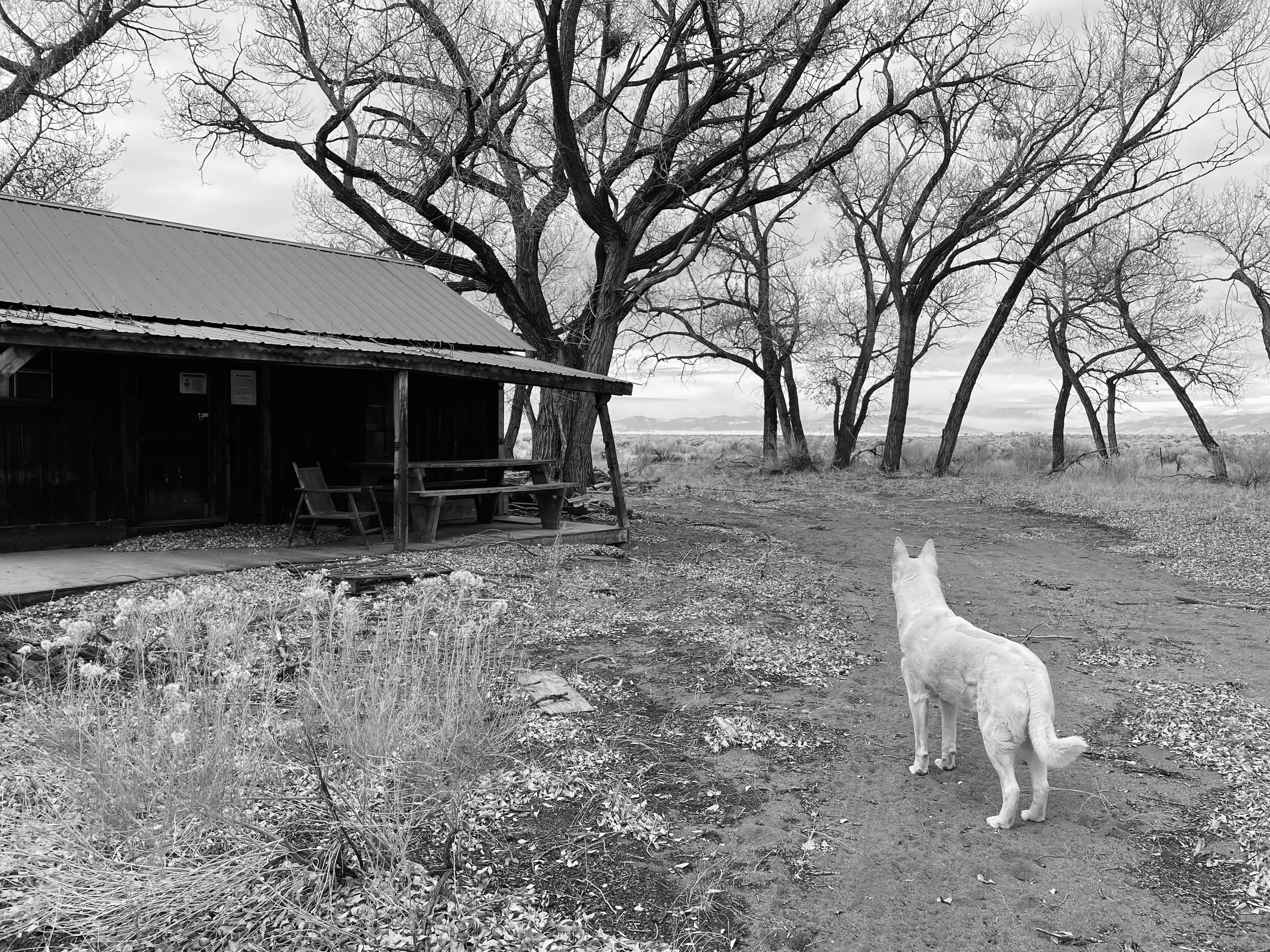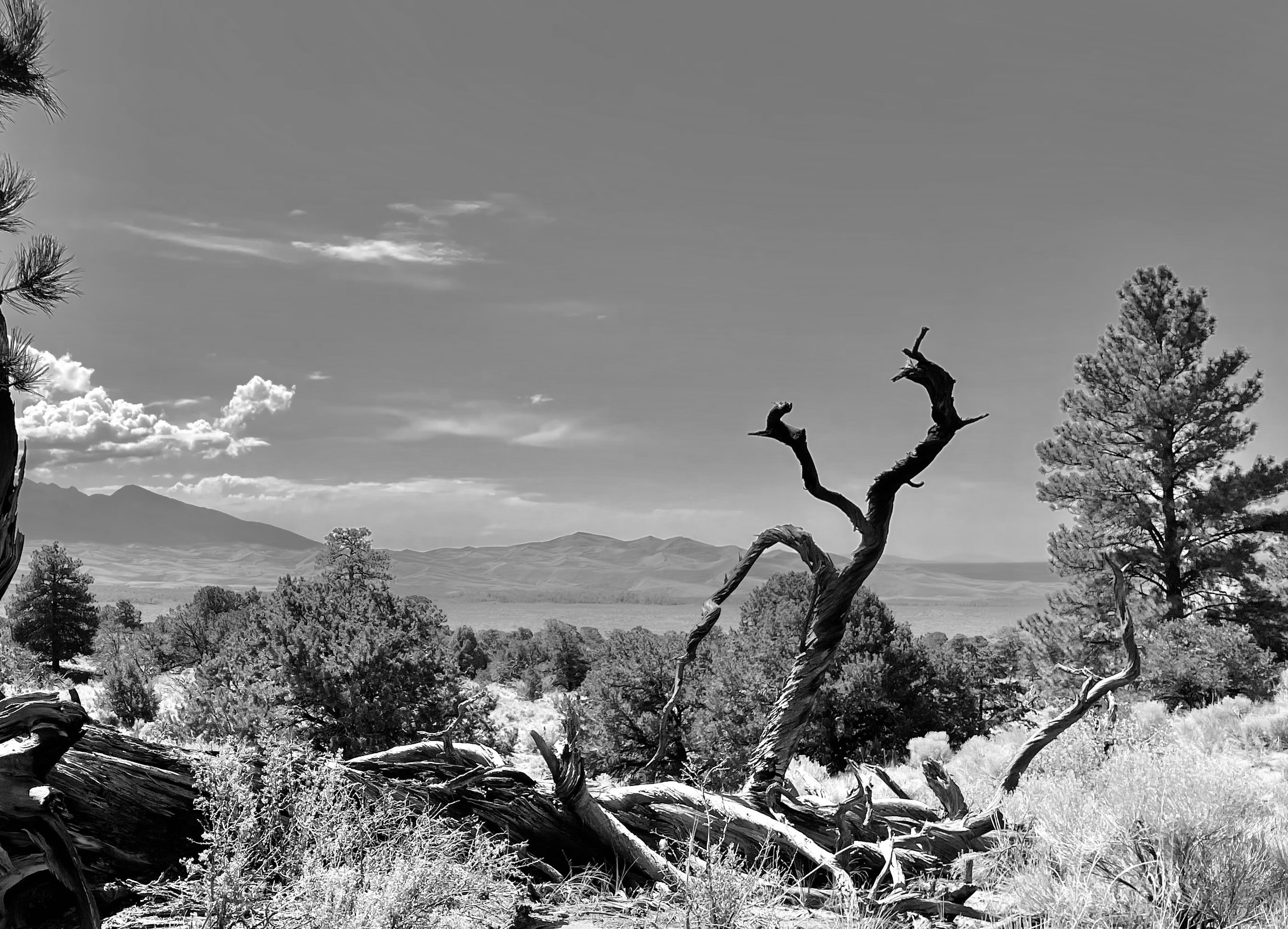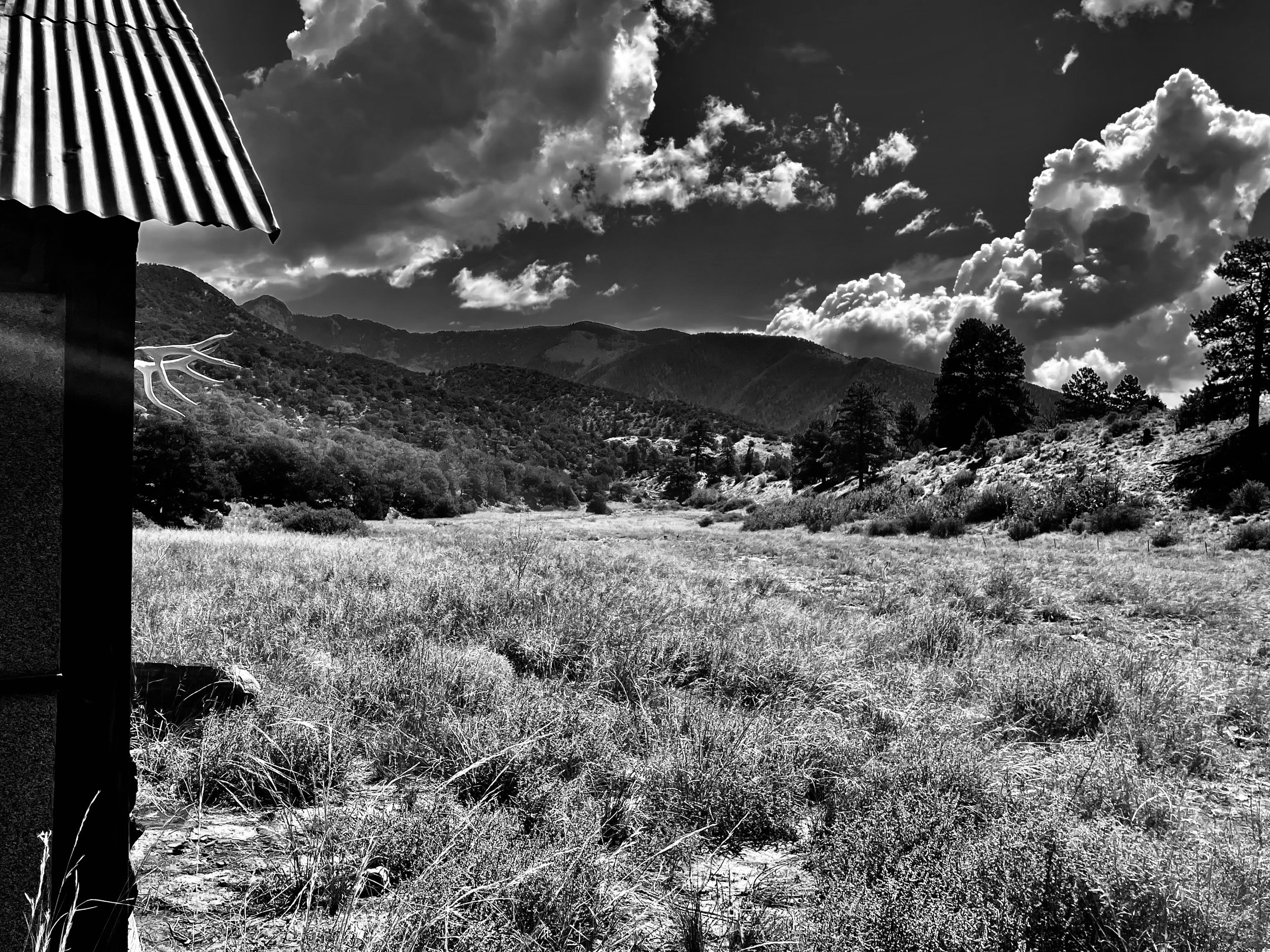The Baca Grande Grande Property Owners Association
HISTORY
The Baca Grande
“The Baca Grande, from the Start”
Can you imagine a time in the old west when the land was not part of a U.S. State or property? In recollecting history, how far into the past are we interested? The beginning of Baca came before the beginning of the Baca Grande…
In 1823, King Ferdinand VII of Spain expressed his appreciation of his loyal subject, Cabeza de Vaca, by a land grant of 500,000 acres. This grant was known as the Baca Grant and was originally in New Mexico for Vaca’s 17 sons and 600 head of horses and mules.
The Vaca family (anglicized to Baca) can be traced in Spanish history to 1235, when the Spaniards were victorious over the Moors in battle. A man, using the head of a cow as a symbol was given the title “cabeza de vaca”, meaning “head of a cow”. The Luis Maria Cabeza de Baca family made their home on the Grant until Navajo Native Americans drove them to the village of Pena Blanca. One of Don Luis’ sons became employed by American trappers and stored illegally trapped furs in the Baca home. Mexican soldiers came in search of the illegal furs in 1827 and when Don Luis refused to admit them, they shot him. After his death, the family began to disintegrate and nothing was heard from them for several years.
The family returned to the grant in 1835 to find that a second grant was being petitioned to obtain the area for the present town of Las Vegas, New Mexico which was now under U.S. jurisdiction. In 1860 Congress declared that the land should be granted to the town of Las Vegas and gave Luis Maria Cabeza de Baca five new grants in exchange. Grants No. 1 & 2 were in New Mexico, No. 3 & 5 in Arizona, with No. 4 in the San Luis Valley in Colorado (Baca Grant).
In 1859, John S. Watts, the family lawyer, led the family to claim their Baca Grant land in Colorado which consisted of 12.5 square miles, composed of 100,000 acres, ~18,000 being mountainous. Watts was deeded the Baca Grant #4 for the sum of $3,000 in 1864 in lieu of his legal services. The first structure, which was built at the ranch, however, was a small three-room adobe house with a huge fireplace, circa 1823. Lily and Coberly of the L & C Rough and Ready Flour Mills of Littleton, Colorado held a lease on the grant and purchased it in 1869. Reportedly, Joe Coberly had a racetrack at the grant and raced with the Ute and Jicarella Apache Native Americans for their blankets. In 1870 the Grant was sold to Alexander C. Hunt, who had been a US Marshal, a Judge, Territorial Treasurer, and the fourth Territorial Governor of Colorado.
In 1877, William Gilpin, a former Governor bought the Grant from Hunt for non-payment of taxes. Gilpin and his associates secured the services of a prominent mining expert, Professor James Aborn, to explore the mineral potential of the Sangre de Cristo Mountains that surrounded the Grant. Gilpin then tried to sell the Baca Grant to European investors; however, was unsuccessful.
George Adams had been leasing the land from Gilpin and raising Herford Cattle imported from England and in 1885, bought the Grant for $250,000. In November 1880, E. A. Reser and George Adams also purchased a tract of land at the foot of the mountains on the northern boundary of the Grant, platted a town site, sold lots, and called the town Crestone. Crestone became the headquarters for the miners who were beginning to roam the district in search of mining sites. In 1900, Adams sold to the San Luis Valley Land and Mining Company for $1,400,000. The mining company was a subsidiary of the United Gas Improvement Company of Philadelphia, PA.
The San Luis Valley Land and Mining Company stockholders, wealthy Philadelphia Industrialists, were lured to purchase the land for the potential wealth of the Independence Gold Mine located near Spanish Creek. They put in the largest stamp mill of its kind in the world, a 100 stamp mill. The San Luis Valley Land and Mining Company also built a railroad spur from Moffat to Crestone and on to the mine under the title of the “Rio Grande and Sangre de Cristo Railroad”. The Independence Gold Mine became the richest mine in the district for actual production because it could handle 30 tons of ore in ten hours. An estimated 50 million dollars worth of precious metals have been produced from the district of the Baca Grant and several men have become millionaires from their good fortune here. The company subsequently changed its name to the San Luis Valley Land and Cattle Company.
In 1930, Alfred M. Collins, a major stockholder of the San Luis Valley Land and Cattle Company, visited the Grant and took over management of the 100,000-acre ranch. While he was a 54-year old polo player and horse enthusiast, he was unprepared to take over management; however, decided he needed to keep a close watch on his investment during the low ebb of the depression era. He improved the land over the next ten years and it began to pay off, and by 1940, there became an increasing demand for registered bulls from his herd. In 1949, Alfred Collins was named “Cattlemen of the Year”and had created one of the finest spreads in the United States. He retired at 70 years of age. The cattle herd was sold following Alfred’s death and allegedly set a world record at the time for a cattle dispersal sale.
In 1950, he sold the ranch to Newhall Land and Farming Company of Arizona and California. In 1962, the Arizona-Colorado Land and Cattle Company acquired the Baca Grant. They had kept up the tradition of fine cattle and were leaders in the breeding and raising of famed French Limousin Cattle. The Luis Maria de Baca Grande Grant #4 is the only one of the five original Grants to have remained intact for more than 100 years.
In 1971, the Arizona-Colorado Land and Cattle Company formed the Baca Grande Corporation for development of the land. A choice portion of the ranch was to become The Baca Grande, a recreation and leisure living community. It was set aside and master planned by another subsidiary, Coe & Van Loo Consulting Engineers, Inc. In their master plan, 28% of the land was reserved for open space and common areas so that property owners and guests could enjoy the beauty and tranquility of the San Luis Valley without destroying the environment. Land was sold in phases with areas designated as Mobile Home Estates (Casita Park), Chalet Units I, II, III, the Grants, and later, Ranchettes. Along the main county road T a commercial strip was developed with the Inn, a lake (Lago del Oro), a 9-hole golf course, administration/maintenance building, library, rodeo grounds, and campground. Other amenities were added. On May 12, 1971 the Baca Grande Corporation recorded the Declaration of Protective Covenants and Restrictions for The Baca Grande in Saguache County. The Baca Grande Property Owners Association Articles of Incorporation were filed December 18, 1972. Marketing areas for property sales included offices in Colorado, New Mexico, Texas, Oklahoma, Hawaii, Korea, and Guam.
In promotion of land sales in the Baca Grande, you might have arrived on the airfield, been taxied to a night at the Inn with its swimming pool and lake, played golf, toured the historic Independence Gold Mine, and experienced the Rodeo. As the Baca Corporation changed to the Baca Grande Property Owners Association, the Inn was sold to the private sector, the airfield returned to the ranch, and the gold mine became Manitou property. The rodeo grounds became ballfields. The ranch was managed independently as The Baca Ranch and in 1998 was sold to Gary Boyce.
Beginning in 1979, Hanne Marstrand Strong, wife of Maurice Strong, Chairman of AZL Resources, Inc. invited several organizations to locate in the Baca after a visit from prophet, Glen Anderson in 1978. These included the Lindisfarne Association; the Aspen Institute of Humanistic Studies; the Charmelite Order (Spiritual Life Institute); 200 acres to the Tibetan Monastery, a Tibetan Order of Buddhists; the Village Group (an alternative community), and Rediscovery-Four Corners (a camp for American Indians). Other spiritual and retreat centers have been added over the years.
As of January 2004, there were 4551 Lots in the Association, with 2897 different members. Casita Park had 318 lots, Chalet I had 1719 lots, with 1096 lots in Chalet II, 53 Chalet III lots, and there were 1365 lots in the Grants.
Narrative by Mary Abdoo.
Lightly edited & updated.








